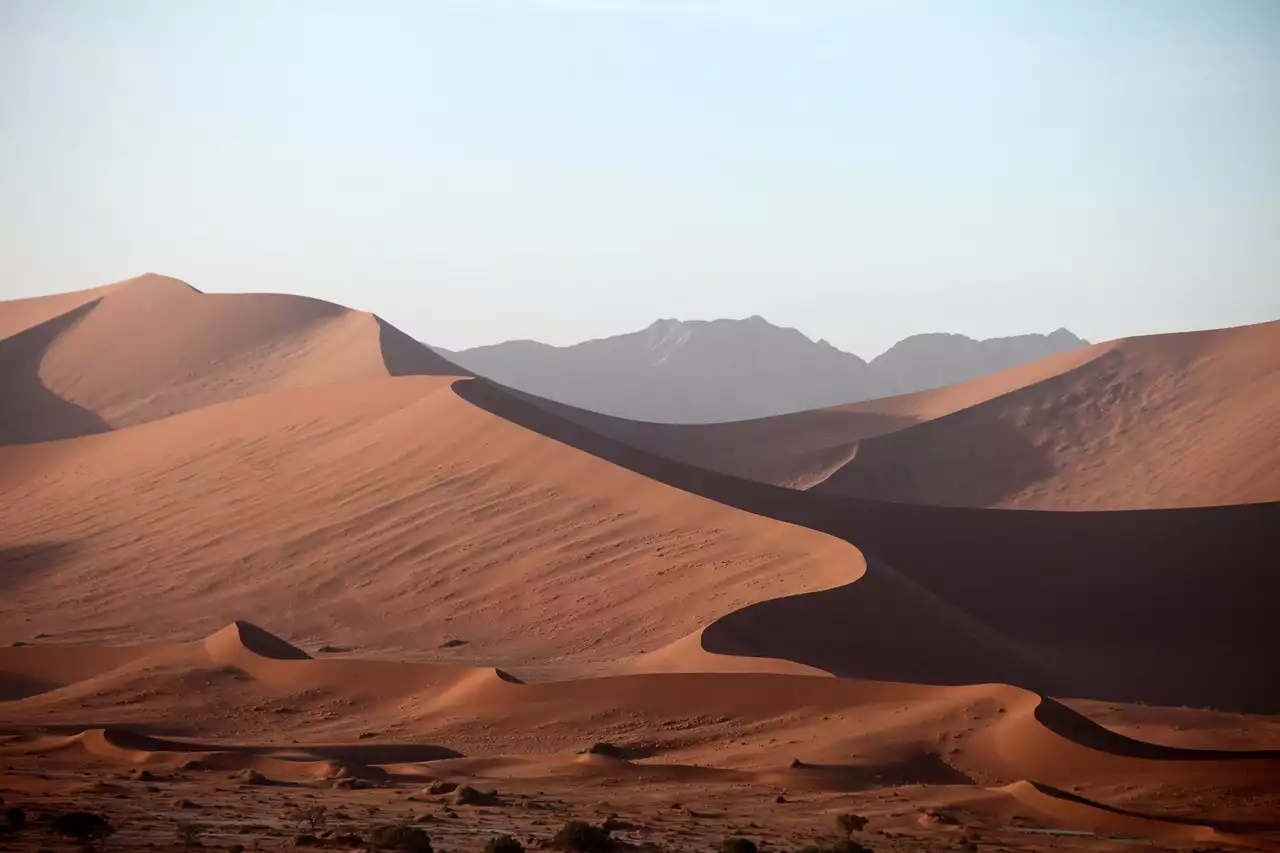The world’s tundra regions are home to some of the most unforgiving climates on the planet. These sprawling habitats sit at the top of the Arctic Circle and experience prolonged, frozen winters that can dip as low as -20 degrees Celsius, coupled with short summers where temperatures rarely rise above 10 degrees Celsius. The word ‘tundra’ is derived from a Finnish word meaning "treeless land” and it is perhaps unsurprisingly given these conditions, that it is one of the world's least hospitable ecoregions. However, despite its hostile conditions, many have called this harsh environment home for centuries. In this article, we explore the tundra ecosystem and its inhabitants in more detail.
Defining Tundra
The word tundra is taken from the Finnish word ‘tutorial’, meaning ‘land without trees. Tundra ecosystems can be found in both polar regions and high-latitude grasslands and shrubland. They are generally characterized by a long, cold, snowy, and windy winter season, and a short, cool, rainy summer season. Tundra is a type of natural biome with low biodiversity where the plants are adapted to grow in poor conditions with short growing seasons. Tundras are located in Arctic regions, but they also exist in high altitudes in the mountains where trees cannot grow due to the short growing season. Tundra often has permafrost, a layer of soil beneath the surface that is frozen year-round, and is both nutrient-poor and lacking in organic matter.
Tundra Ecosystem
The tundra ecosystem is a harsh, frozen landscape where the sun shines for a few months each year during the peak of summer. The rest of the year, the ground is blanketed in a layer of snow that is up to two meters deep. When the sun sets, it often stays dark for 24 hours at a time and temperatures can drop to -70 degrees Celsius. When the sun does rise above the horizon during the short summer, it can warm the tundra to a balmy 10 degrees Celsius. During these summer months, many plants start to grow and insects emerge from their winter hibernation. This is a brief window of opportunity that must be seized upon quickly by organisms who wish to thrive in this habitat. Before the freezing temperatures return, they must stock up on as much energy as possible to sustain them through the long winter ahead.
Biodiversity in the Tundra
The tundra is, by definition, a biome with low biodiversity. On top of the long, cold, and dark winters that make it difficult for animals to survive, the frozen soil here makes it difficult for organisms to find food early in the year. However, during the summer months, the tundra comes alive with a colorful display of wildflowers and insect activity. The wide expanse of open space is also an excellent habitat for birds and other migratory animals that visit the tundra during the warmer months. This brief explosion of life also occurs in the Arctic Circle’s tundra ecosystems due to the high levels of ultraviolet light that are permitted to pass through the thinner atmosphere at these latitudes.
Wildlife in the Tundra
Large mammals, including reindeer, Arctic foxes, and polar bears, have been living on the tundra for thousands of years. The reindeer are the tundra’s most iconic residents and have been used by humans for centuries as a source of food and clothing. Other large animals that can be found on the tundra include muskoxen, walruses, Arctic hares, and squirrels. The tundra ecosystem also hosts several smaller insects and their larvae. Some of the most common include butterflies, moths, and mosquitoes, which have to make the most of the short growing season and warm temperatures.
Unique Challenges in the Tundra
The tundra ecosystem is host to many different species. However, it is also home to some of the most challenging conditions on the planet. It is important to understand these conditions to better protect the many organisms that call the tundra home. Yet, despite the challenges it poses, it is still home to many species. The tundra is host to more species than any other biome. This is because it offers an extremely wide variety of different habitats, with each one offering a different set of conditions. The tundra ecosystem is vast, stretching to areas as far as the eye can see. However, due to its expansive nature, it is extremely difficult to study. This is because scientists have to venture out into the cold and often face dangerous animals that want to defend their territory.
Conclusion
The tundra is one of the world's harshest and least hospitable biomes. However, despite its challenges, it is home to a wide variety of organisms that have evolved to withstand its conditions. These include large mammals like reindeer and polar bears, as well as smaller insects such as moths and mosquitoes. The tundra ecosystem thrives on the wide variety of different habitats it offers to organisms. This means that there is something for every species, no matter what challenges they face.

 The Importance of the Grassland Ecosystem
The Importance of the Grassland Ecosystem Photosynthesis a Building Block of our Ecosystem
Photosynthesis a Building Block of our Ecosystem All you Need to Know About the Desert Ecosystem
All you Need to Know About the Desert Ecosystem A Look at the Forest Ecosystem
A Look at the Forest Ecosystem